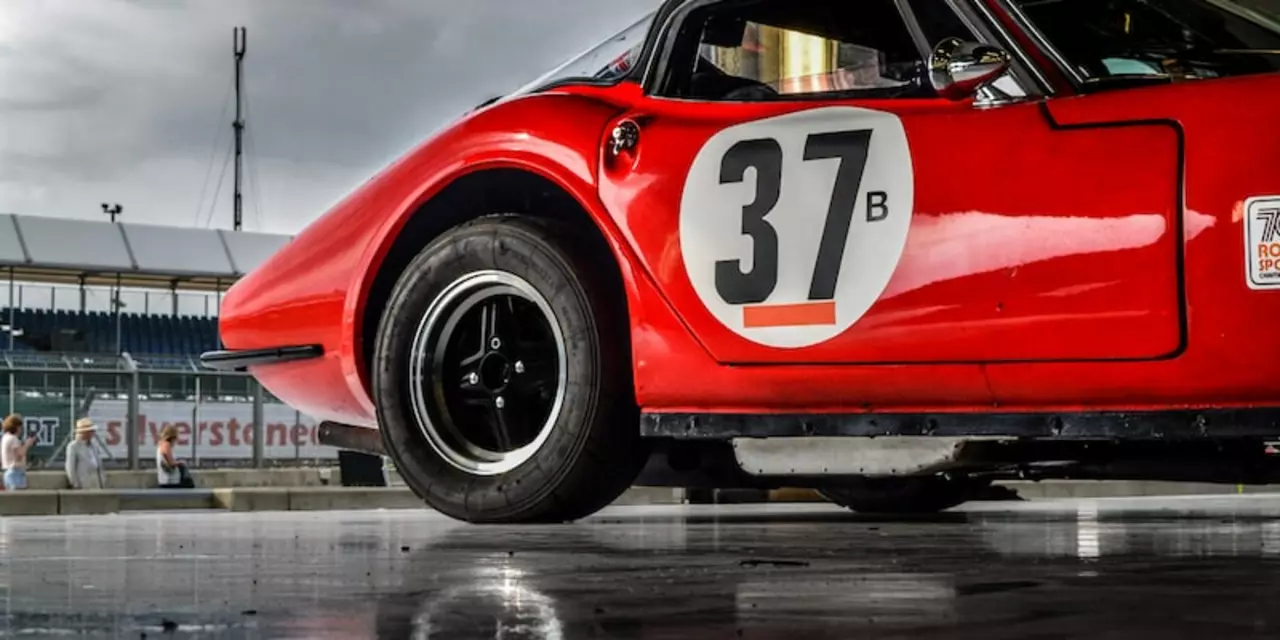Running Gear & Accessories – What Every Runner Should Know
Ever wondered why some runners seem to glide past the competition while you’re still battling blisters? The secret is often in the gear they use. The right shoes, clothing, and tech can make a noticeable difference in comfort, speed, and safety. Below we break down the essentials so you can pick what truly works for you.
Racing Shoes: Do They Really Matter?
Most of us have seen the buzz around racing shoes – they’re light, breathable, and promise a faster run. A recent look at performance data shows that a well‑designed racing shoe can improve running economy by up to 4%, meaning you use less oxygen for the same pace. That small boost can translate into a few extra seconds per mile – enough to edge out a rival in a tight finish. However, the benefits shine brightest for competitive runners who maintain a steady, fast tempo. If you’re a casual jogger, a sturdy trainer might be a better fit, offering durability and support without the premium price.
Choosing the Right Gear for Your Goals
Start with your running style. Heel‑strikers benefit from extra cushioning, while forefoot runners often prefer a firmer sole that gives a more direct feel. Try on shoes at the end of the day when your feet are slightly swollen – that’s when they’ll feel the most natural. Look for a snug fit in the midfoot, a snug but non‑tight toe box, and a heel that doesn’t slip.
Beyond shoes, clothing matters. Moisture‑wicking fabrics keep you dry, reducing chafing and overheating. Compression socks can improve circulation, especially on long runs, and many athletes swear they feel less tired after a marathon. When choosing a jacket, opt for breathable, wind‑proof material that packs flat in your pack.
Tech accessories add another layer of advantage. A GPS watch gives you real‑time pace, distance, and heart‑rate data, helping you stay in the right zone. Clip‑on lights are a simple safety upgrade for early‑morning or evening runs – they make you visible without extra bulk. Hydration packs or belts keep water within reach, so you don’t have to stop for a sip.
Don’t overlook the small things. A good pair of anti‑slip socks can prevent blisters, and a silicone gel pad can protect pressure points on longer runs. If you run on trails, consider shoe spikes or lugged soles for grip; they drastically reduce the chance of a slip on loose terrain.
When you’re ready to upgrade, test gear in real conditions. Many stores let you run a few laps on a treadmill or a short outdoor route. Pay attention to how your feet feel after a moderate distance – any hot spots or numbness are red flags.
Finally, remember that gear is a tool, not a shortcut. Consistency in training, proper recovery, and good nutrition still carry the biggest weight. Use your equipment to support those fundamentals, and you’ll see steady improvements.
Ready to pick your next pair of shoes or add a new accessory? Think about the race distance you target, the terrain you run on, and the feel you prefer. With the right choices, you’ll run farther, faster, and more comfortably – and maybe even enjoy those early‑morning miles a bit more.

Racing shoes are designed to be lightweight, breathable, and provide support and cushioning for running. While they may not be essential for the average runner, they can provide advantages for competitive athletes. Studies have found that racing shoes can improve running economy, reduce fatigue, and increase the speed of the runner over a given distance. Furthermore, using racing shoes can increase performance even in non-competitive races. Although they may be expensive and not suited for everyday running, racing shoes can be useful for competitive runners looking to gain an edge.
Maverick Kincaid Feb 16, 2023



